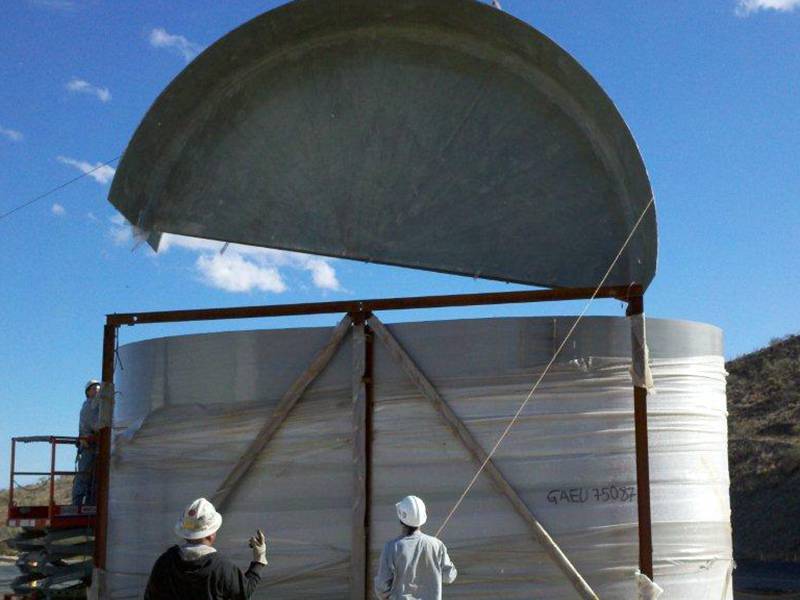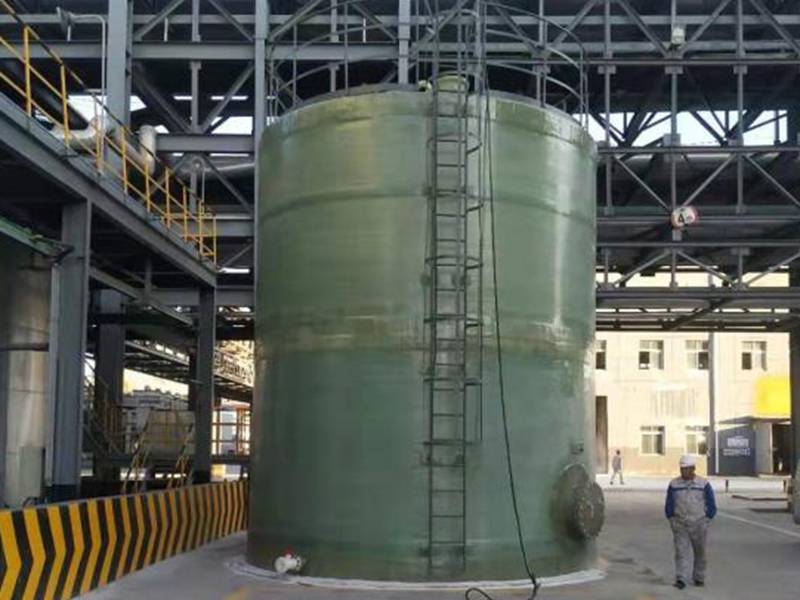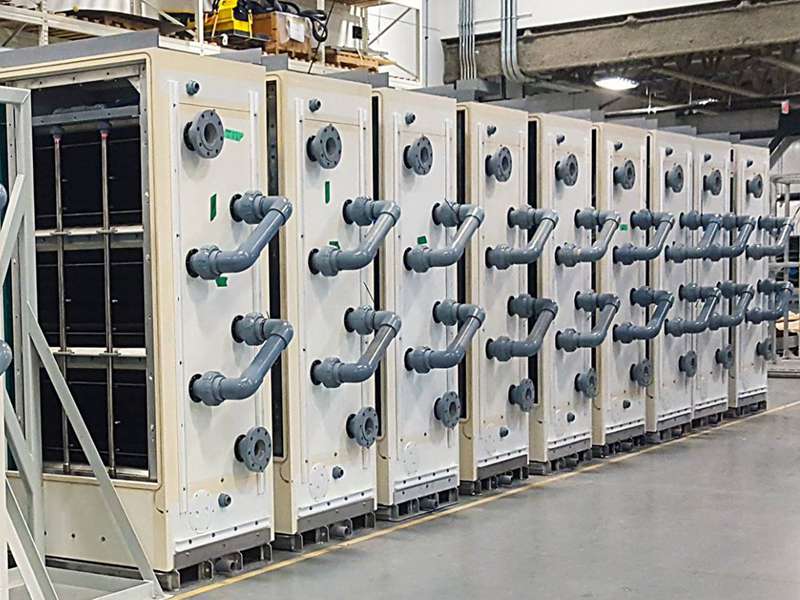
-
 Afrikaans
Afrikaans -
 Albanian
Albanian -
 Amharic
Amharic -
 Arabic
Arabic -
 Armenian
Armenian -
 Azerbaijani
Azerbaijani -
 Basque
Basque -
 Belarusian
Belarusian -
 Bengali
Bengali -
 Bosnian
Bosnian -
 Bulgarian
Bulgarian -
 Catalan
Catalan -
 Cebuano
Cebuano -
 China
China -
 China (Taiwan)
China (Taiwan) -
 Corsican
Corsican -
 Croatian
Croatian -
 Czech
Czech -
 Danish
Danish -
 Dutch
Dutch -
 English
English -
 Esperanto
Esperanto -
 Estonian
Estonian -
 Finnish
Finnish -
 French
French -
 Frisian
Frisian -
 Galician
Galician -
 Georgian
Georgian -
 German
German -
 Greek
Greek -
 Gujarati
Gujarati -
 Haitian Creole
Haitian Creole -
 hausa
hausa -
 hawaiian
hawaiian -
 Hebrew
Hebrew -
 Hindi
Hindi -
 Miao
Miao -
 Hungarian
Hungarian -
 Icelandic
Icelandic -
 igbo
igbo -
 Indonesian
Indonesian -
 irish
irish -
 Italian
Italian -
 Japanese
Japanese -
 Javanese
Javanese -
 Kannada
Kannada -
 kazakh
kazakh -
 Khmer
Khmer -
 Rwandese
Rwandese -
 Korean
Korean -
 Kurdish
Kurdish -
 Kyrgyz
Kyrgyz -
 Lao
Lao -
 Latin
Latin -
 Latvian
Latvian -
 Lithuanian
Lithuanian -
 Luxembourgish
Luxembourgish -
 Macedonian
Macedonian -
 Malgashi
Malgashi -
 Malay
Malay -
 Malayalam
Malayalam -
 Maltese
Maltese -
 Maori
Maori -
 Marathi
Marathi -
 Mongolian
Mongolian -
 Myanmar
Myanmar -
 Nepali
Nepali -
 Norwegian
Norwegian -
 Norwegian
Norwegian -
 Occitan
Occitan -
 Pashto
Pashto -
 Persian
Persian -
 Polish
Polish -
 Portuguese
Portuguese -
 Punjabi
Punjabi -
 Romanian
Romanian -
 Russian
Russian -
 Samoan
Samoan -
 Scottish Gaelic
Scottish Gaelic -
 Serbian
Serbian -
 Sesotho
Sesotho -
 Shona
Shona -
 Sindhi
Sindhi -
 Sinhala
Sinhala -
 Slovak
Slovak -
 Slovenian
Slovenian -
 Somali
Somali -
 Spanish
Spanish -
 Sundanese
Sundanese -
 Swahili
Swahili -
 Swedish
Swedish -
 Tagalog
Tagalog -
 Tajik
Tajik -
 Tamil
Tamil -
 Tatar
Tatar -
 Telugu
Telugu -
 Thai
Thai -
 Turkish
Turkish -
 Turkmen
Turkmen -
 Ukrainian
Ukrainian -
 Urdu
Urdu -
 Uighur
Uighur -
 Uzbek
Uzbek -
 Vietnamese
Vietnamese -
 Welsh
Welsh -
 Bantu
Bantu -
 Yiddish
Yiddish -
 Yoruba
Yoruba -
 Zulu
Zulu
Top GPT-4 Turbo Oblate Tanks - Peak Efficiency
1. Introduction to Oblate Tanks & Industry Overview
Oblate Tanks (visit product page: Oblate Tanks) represent a cutting-edge solution in fluid storage and management. Their oblate, or ellipsoidal, shape is scientifically engineered to optimize structural stability, volume-to-footprint efficiency, and operational safety for high-demand industries—including petrochemical, metallurgy, water treatment, and food processing sectors.
With the global industrial storage tank market exceeding $14.7 billion USD in 2023 (source: MarketsandMarkets), demand for corrosion-resistant, durable and space-efficient tanks like Oblate Tanks has surged. Adoption rates particularly in the Asia-Pacific region have grown at a CAGR of 6.1%—outpacing traditional cylindrical tanks.
- Industry Standards ISO 9001, ISO 14001, ANSI/ASME BPVC, FDA/NSF compliant for applicable material uses
- Key Features Superior material science, advanced composite resins (e.g., FRP), custom manufacturing capability, enhanced lifecycle (20+ years)
- Applications Petrochemical, metallurgy, semiconductor, municipal water & wastewater, biopharma, food & beverage

2. Detailed Manufacturing Process of Oblate Tanks
Manufacturing Flow Chart
- Raw Materials: High-grade isophthalic and vinyl ester resins, premium glass fiber, specialty alloys for flanges (ANSI B16.5 compliant)
- Layering: Hand lay-up or filament winding, ensuring fiber orientation for max strength/anti-delamination
- Shaping & Curing: PLC-controlled oven curing for uniformity, minimizing internal stresses and maximizing molecular crosslinking
- Machined Accessories: CNC machining for ports, nozzles and manways—precision ±0.2mm
- Testing: Hydrostatic (150% design pressure), ultrasonic thickness, and X-ray NDT (per API 650 & ISO 9001)
Materials Science Note: FRP (Fiber Reinforced Polymer) offers outstanding chemical resistance (pH 2-12), lightweight properties, and tensile strengths up to 700 MPa—outperforming conventional carbon steel in similar applications.

3. Technical Specifications & Performance Data of Oblate Tanks
| Parameter | Oblate Tanks | Cylindrical Tanks | Rectangular Tanks |
|---|---|---|---|
| Standard Volume Range | 0.5 m3 to 200 m3 | 0.5 m3 - 150 m3 | 0.3 m3 - 100 m3 |
| Design Pressure | Up to 1.6 MPa | Up to 1.2 MPa | Up to 0.8 MPa |
| Corrosion Resistance | pH 2-12 (Excellent) | pH 3-10 (Good) | pH 4-9 (Moderate) |
| Temperature Range | -40°C to 120°C | -20°C to 90°C | 0°C to 70°C |
| Material | FRP, Stainless Steel 316, Dual Laminate | Carbon Steel, FRP | Concrete, Steel |
| Typical Lifespan | 20-30 years | 10-18 years | 12-15 years |
| Certifications | ISO 9001, ISO 14001, FDA/NSF, ANSI | API 650, ISO 9001 | None/Basic Local Cert. |

4. Technical Advantages of Oblate Tanks
- Space Utilization: The oblate (ellipsoidal) geometry maximizes effective storage capacity per unit footprint—ideal for restricted plant layouts and modular integration.
- Strength & Uniform Stress Distribution: Structural FEA analysis shows up to 37% lower peak wall stresses compared to cylindrical tanks at equivalent volume and pressure (ref: ASME BPVC study, 2022).
- Superior Corrosion Resistance: Multi-layer composite FRP construction resists aggressive acids, alkalis, and saline water, validated in ISO 2812-1:2020 immersion testing (zero pinholing at 1,000-hr exposure).
- Flexible Customization: CNC-enabled production lines adapt to multiple nozzle types, internal baffles, heating/cooling coils, and certified manways/flanges as per project demand.
- Low Lifecycle Cost: Average TCO (Total Cost of Ownership) reduction of 18-23% over a 20-year design interval relative to carbon steel vessels, considering maintenance and replacement cycles.
5. Vendor Comparison: Oblate Tanks Manufacturers
| Supplier | Core Material | Max Volume | Global Certifications | Customization Capability |
|---|---|---|---|---|
| JRain-FRP | FRP / Dual Laminate | 200 m3 | ISO 9001, ISO 14001, FDA, ANSI, NSF | Wide: Flanges, Baffles, Heating Jackets |
| Supreme Chem Tanks (India) | FRP / PP / HDPE | 100 m3 | ISO 9001, ASME | Limited: Fittings/Nozzles |
| FiberGroup (Europa) | FRP | 60 m3 | EN 13121, ISO | Minimal |
| FRP Solutions (USA) | Dual Laminate | 120 m3 | ASTM, FDA | Moderate |
Industry Authority: JRain-FRP is recognized by CPI Composites & Alliance for leadership in composite process technology, compliance with international standards, and a 20+ year track record in Oblate Tanks manufacturing and service.
6. Custom Engineering & Tailored Solutions
- Volume & Shape Adaptation: Custom oblate dimensions (height, elliptical radii) and variable wall thickness optimize hydraulic/pressure performance.
- Integration Compatibility: Interface design for process piping, agitators, instrumentation (level, pressure, temperature sensors) per project P&ID.
- Optional Lining & Insulation: Selection of high-performance vinyl ester, PTFE liners, or PU insulation for extreme environments (cold/hot service).
- Project Management: On-site measurement, 3D pre-installation modeling, and FEA/CFD validation per EN 13121/ASME VIII Div.1 requirements.
Documentation: Full set of material test reports (EN 10204 3.1), CAD drawings, stress calculations, installation manuals, and QA/QC records supplied with each order.
7. Application Scenarios & Case Studies
-
Petrochemical Storage: Oblate Tanks used for sulfuric acid, hydrochloric acid, and caustic soda storage in SINOPEC Yizheng project, China — zero corrosion failures after 5 years continuous use.
Client Feedback: "Significantly reduced acid vapor leakage and lowered our annual tank inspection/repair cost by 30%." - Metallurgical Plants: Efficient holding of high-concentration leaching solutions. JRain-FRP tanks withstand 24/7 acidic environments with no blistering.
- Municipal Waterworks: NSF61-certified Oblate Tanks deployed for potable water storage in Singapore PUB Utility Project.
- Food & Beverage: Installation at a dairy processing plant—quick clean-in-place design, FDA food grade resin, and double-coil cooling for temperature-sensitive milk storage.
Leading companies such as Veolia, ChemChina, and Danone have selected Oblate Tanks due to their verified compliance, reliability in corrosive/food-grade environments, and low operational costs.
8. Professional FAQ on Oblate Tanks
A: The main material is advanced FRP (Fiber Reinforced Polymer), often with high-performance thermoset resins (e.g., isophthalic, vinyl ester). Dual laminate options integrate a thermoplastic liner for added chemical resistance.
A: Oblate Tanks are available in diameters from 0.8 m to 7.2 m, heights up to 10 m, and volumes between 0.5 m3 and 200 m3. Wall thickness depends on design pressure/temperature and ranges from 7 mm to 32 mm.
A: Tanks comply with ISO 9001:2015, ISO 14001:2016, ANSI/ASME BPVC, EN 13121, and for potable water NSF/ANSI 61 and FDA for direct food/water contact.
A: Yes. Custom reinforcement (e.g., external FRP wrapping, ribs) and load-bearing pads are available for underground use, adhering to ASTM D3299 and AWWA D120.
A: Factory-inspected for laminate thickness (ultrasonic), pressure-tested to 1.5x design value, visually checked for delamination, and certified by third-party labs (SGS, BV) as needed.
A: Foundation pad per EN 1090, observe anchor pattern drawings, torque flanges to spec, ensure flexible connections for thermal expansion, and follow supplied maintenance protocol.
A: Optional PU/rockwool insulation jackets achieve heat transfer coefficients <0.35 W/m²K. For hot service (above 70°C), high-glass-content FRP and heat-resistant resins are recommended.
9. Conclusion: Why Choose Oblate Tanks for Industrial Storage?
- Proven technical benefits: high pressure-resistance, longer lifecycle, and operational safety
- Documented cost savings and maintenance efficiencies
- Verified global compliance and application-proven in major customer sites
- Full-cycle engineering, documentation, and after-sales service
Oblate Tanks are the preferred option for advanced fluid storage across demanding industries. Their robust construction, flexible integration, and global certifications place them ahead of conventional solutions.
Latest news
-
Top GPT-4 Turbo Oblate Tanks - Peak EfficiencyNewsAug.05,2025
-
Precision Mandrels and Molds - Engineered SolutionsNewsAug.04,2025
-
Dual Laminate Products | Superior Corrosion ResistanceNewsAug.03,2025
-
Premium Gratings & Covers | GPT-4 Turbo Enhanced SafetyNewsAug.02,2025
-
Large Size Field Tanks with AI-Powered EfficiencyNewsAug.01,2025
-
Premium Ladders & Handrails | AI-Safety with GPT-4-TurboNewsJul.31,2025









